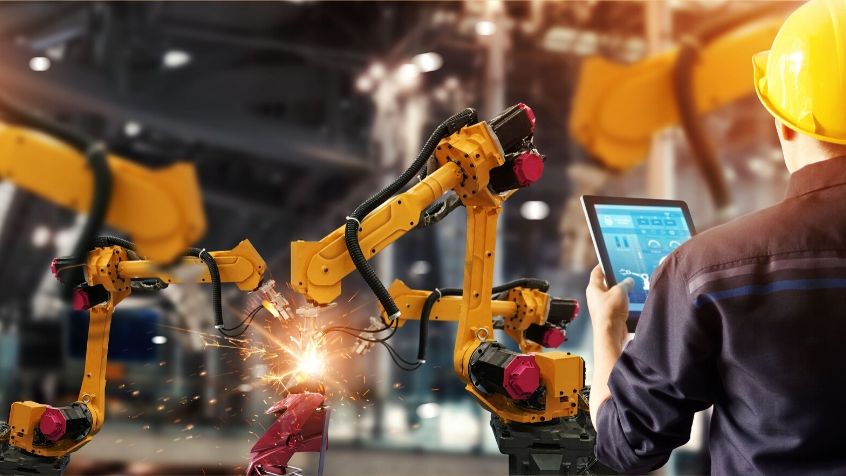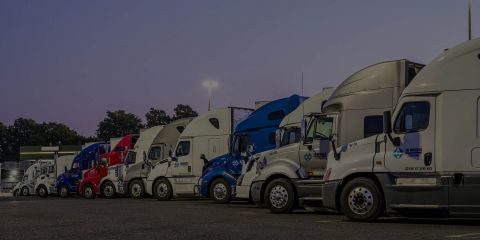
Automation refers to the process by which control systems operate various hydraulic, pneumatic, electrical, and computer devices to achieve a desired result. Many industries utilize this type of service, including the transportation, healthcare, and agriculture industries. Still, one of the main industries that can benefit from automation is logistics. In fact, the role of automation in warehouse logistics has grown significantly and boasts many different benefits and advantages, from faster work speeds to maximized floor space.
Process vs. Physical Automation
There are two types of automation in warehousing today: process and physical. Process automation, or system automation, is the digitalization of manual processes to integrate data into software. This includes inventory data collection, database tracking, and information storage. The point of this is to improve the efficiency of the warehouse for future information collection and optimal database management. On the other hand, physical automation uses robots, robotic systems and other automated equipment to conduct tasks to provide a higher return-on-investment (ROI) through automated efficiencies that human workers can’t provide. These automated equipment and robotics can use goods-to-person technology, driverless guided systems, and mobility to automate tasks.
Faster Work Speed
Speed is one of the most important aspects of fulfillment efficiencies. With that said, there are many benefits to using automation in warehouse logistics. One of these is that automation speeds up the warehousing work flow. Automated systems have leverage over traditional workers, given that they can optimize item location and pick products errorless in real-time.
Decreased Cost
Although it costs to integrate automation systems into a warehouse, these will implement cost-saving strategies in the long-term. Automation gives a higher ROI than manual labor. With robots, there is no need for payroll, insurance, healthcare, overtime, workers’ compensation, paid holiday, or other extra costs. They will also reduce the need for costly storage management or further operational services.
Maximize Space
A main reason why businesses turn to automation is to save space. Every available floor space is useful as storage or loading space. Moving your inventory upwards by increasing rack size can be a good answer to your space problem, and research suggests that automated warehouses use up about 40% less floor space than traditional warehouses. If you want to have a smaller footprint, then automated lifts and robot carousels can significantly reduce the amount of storage.
If you’re interested in taking your company to the next level, check us out at 18 Wheels for the best logistics company in Vancouver. We are distribution experts who specialize in a single-source solution for co-packing, warehousing, and distribution. We have 350 DCC trucks and 550 trailers for your transportation services and 700,000 square feet of warehousing space.
